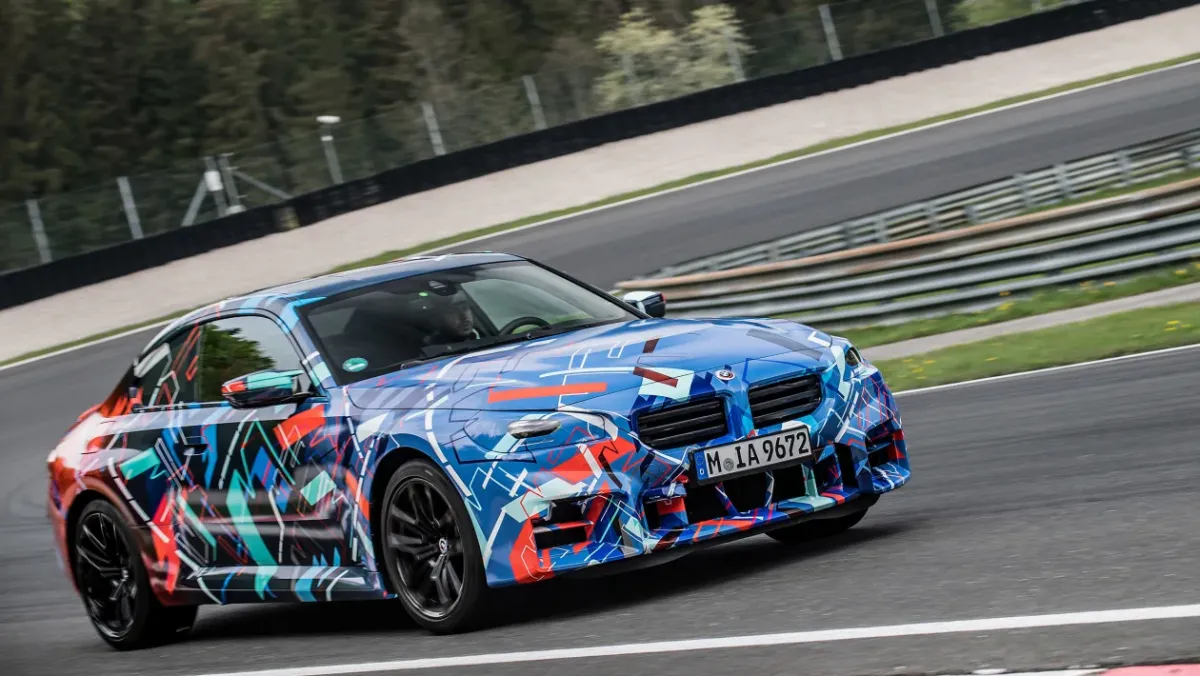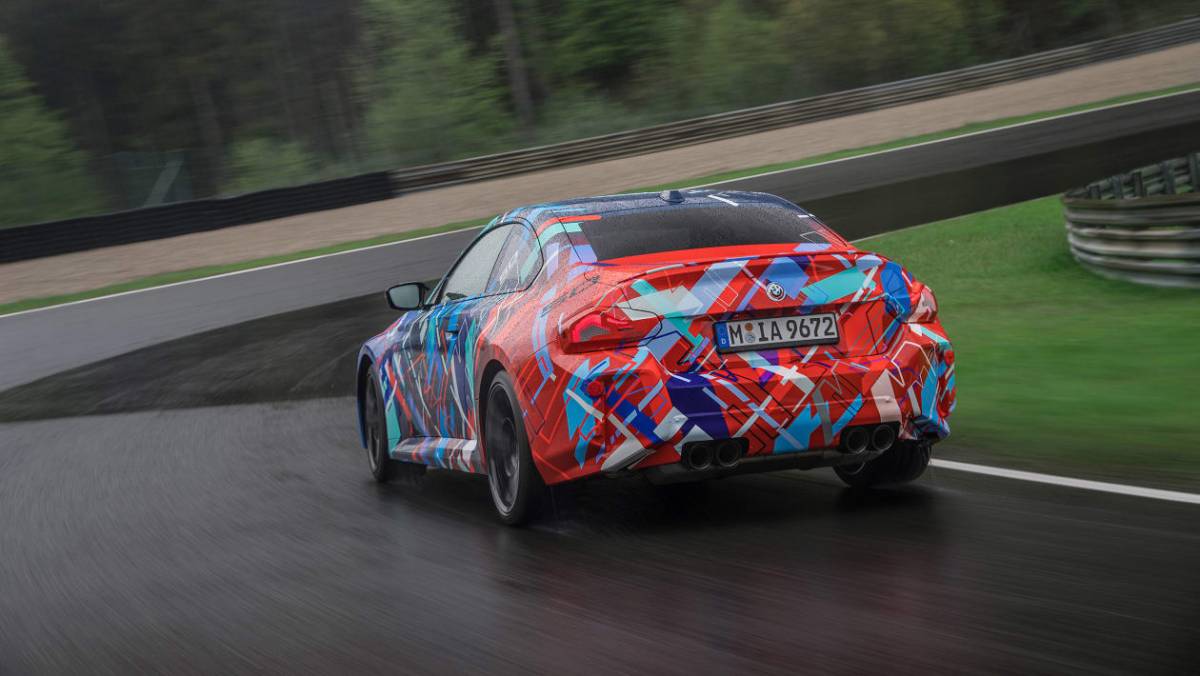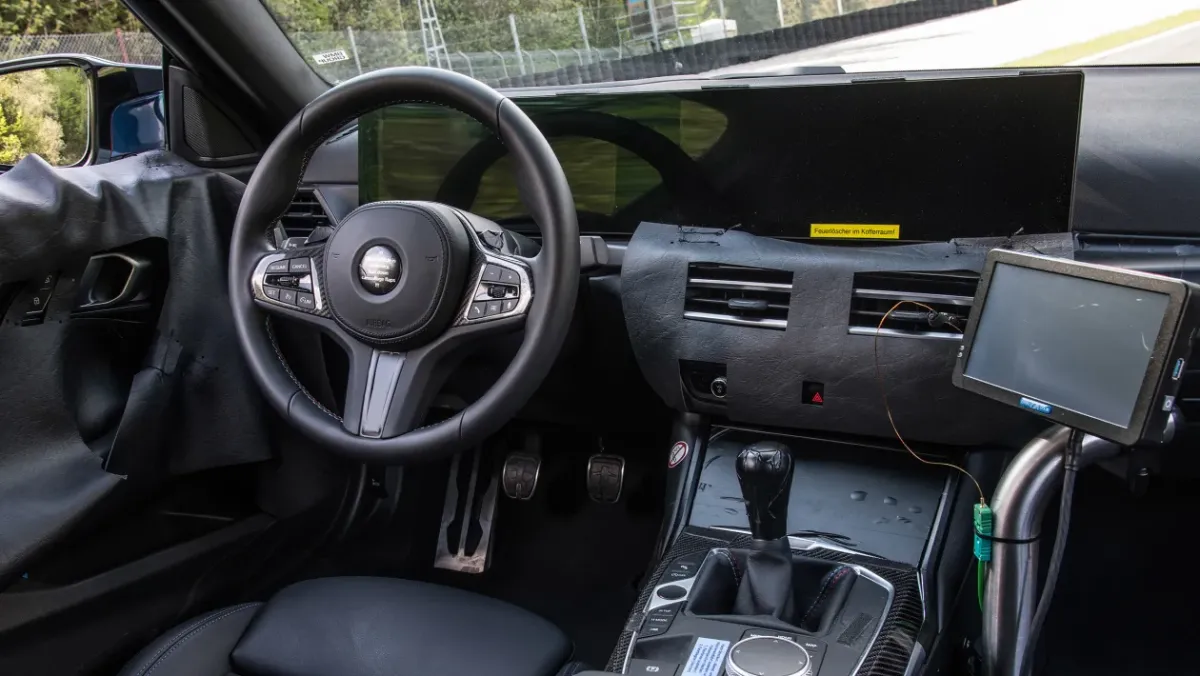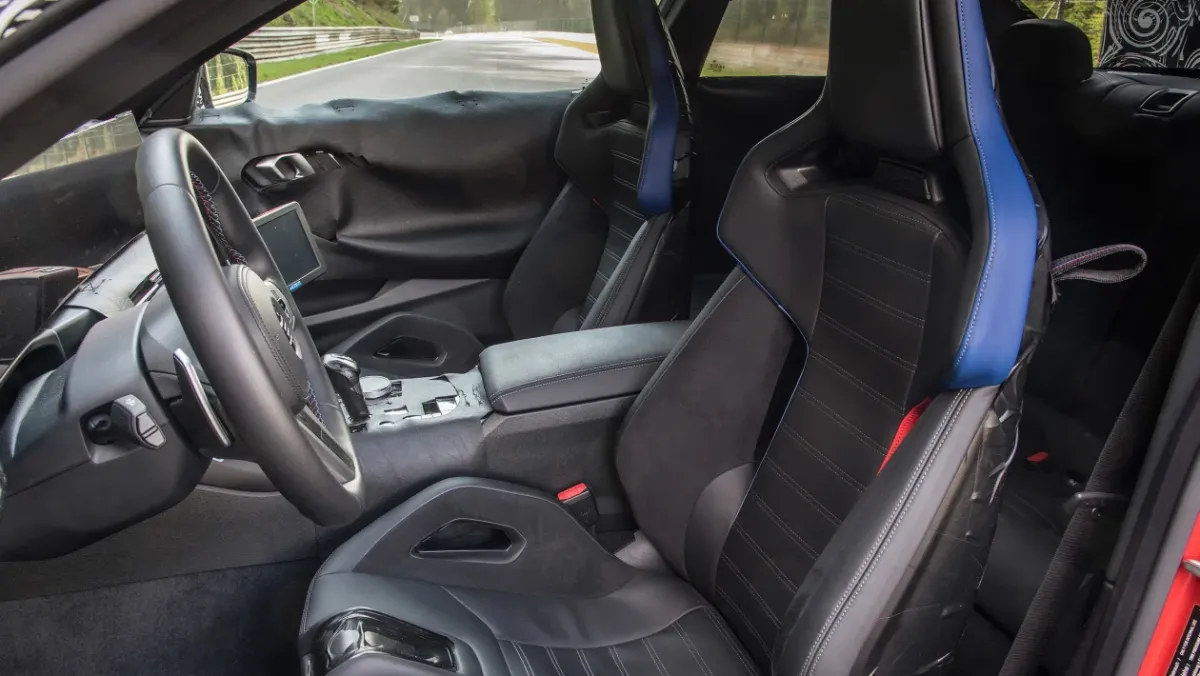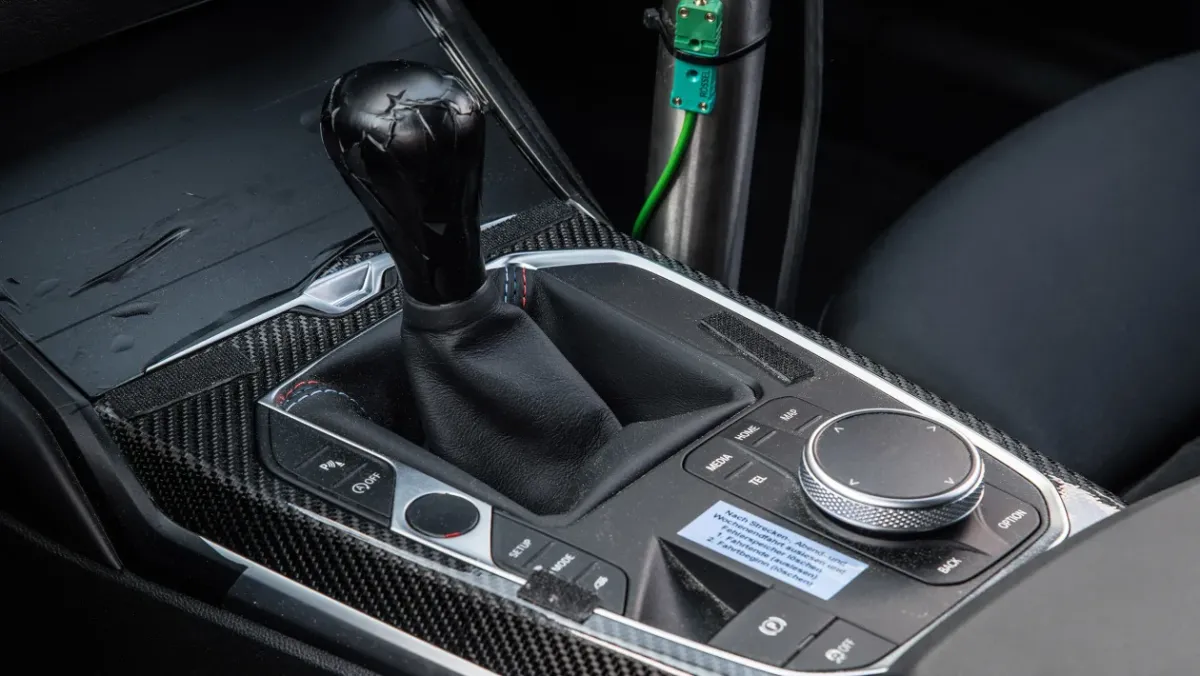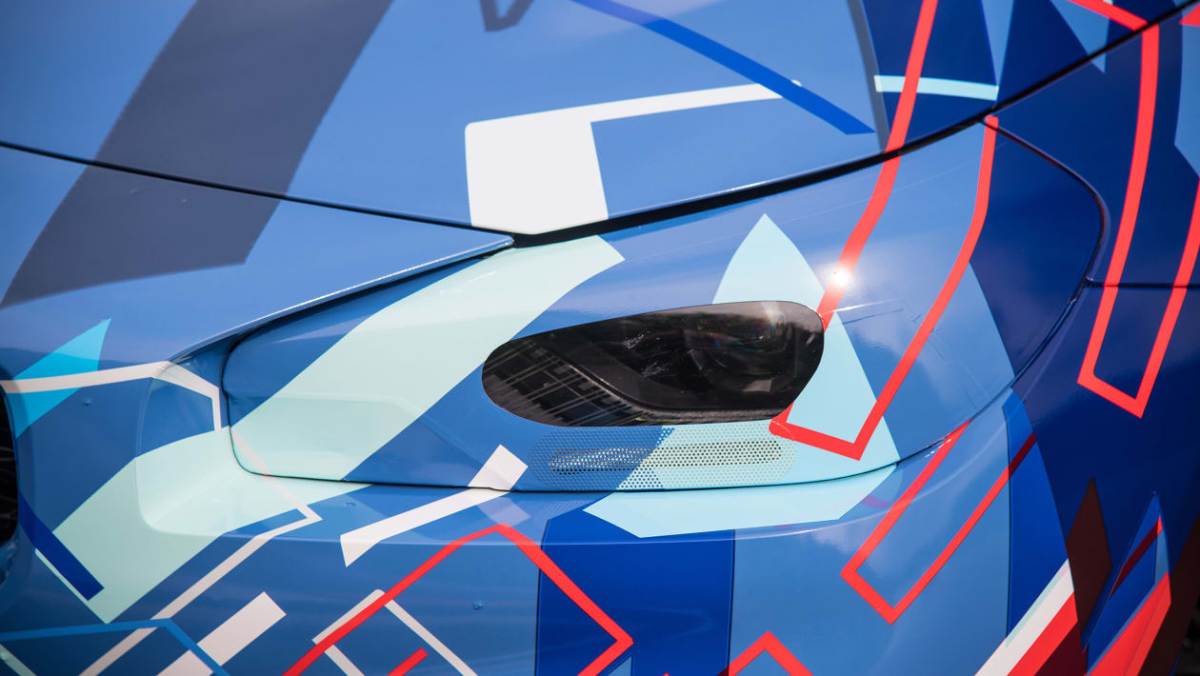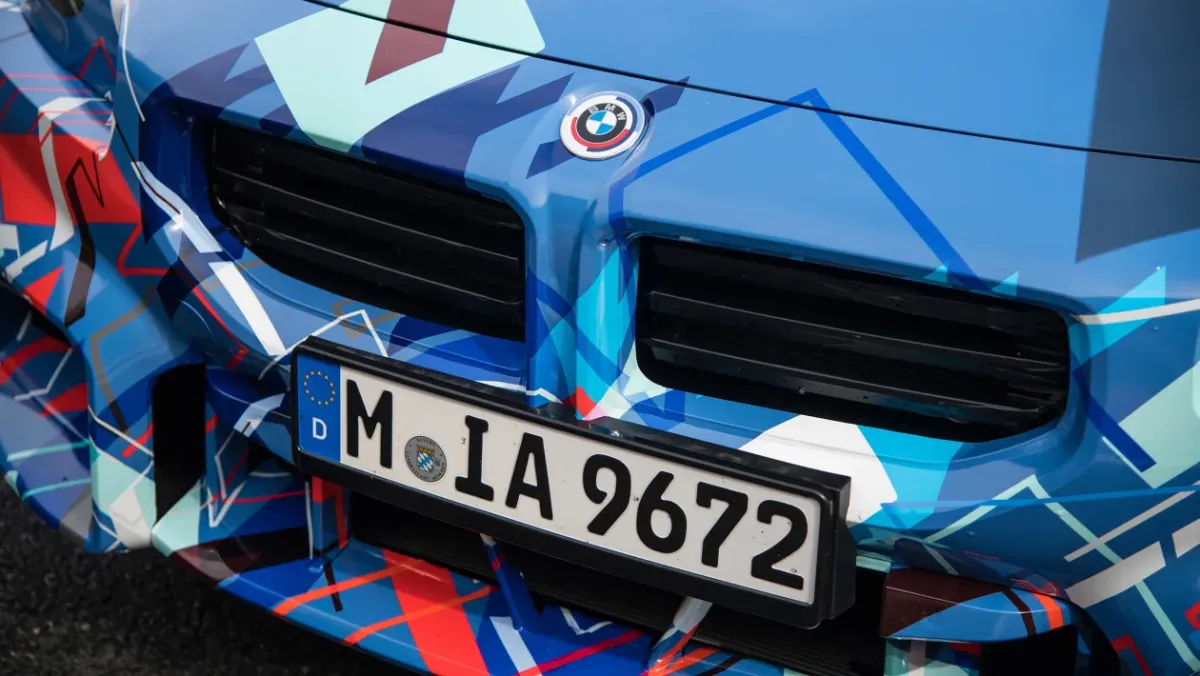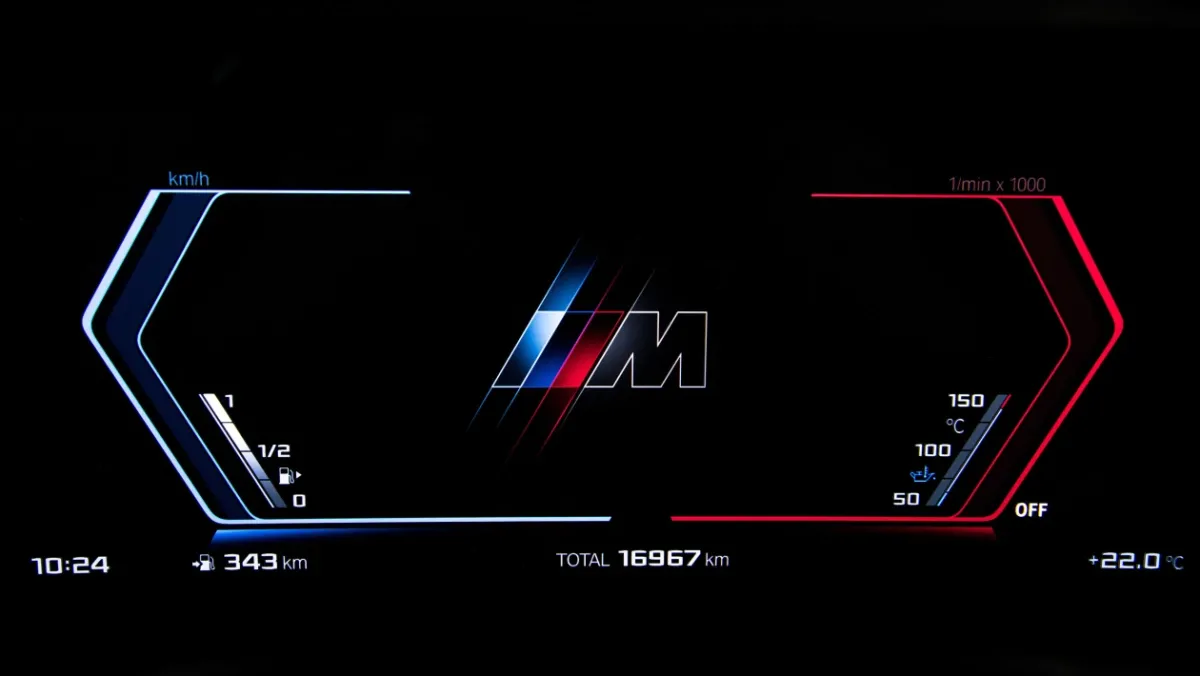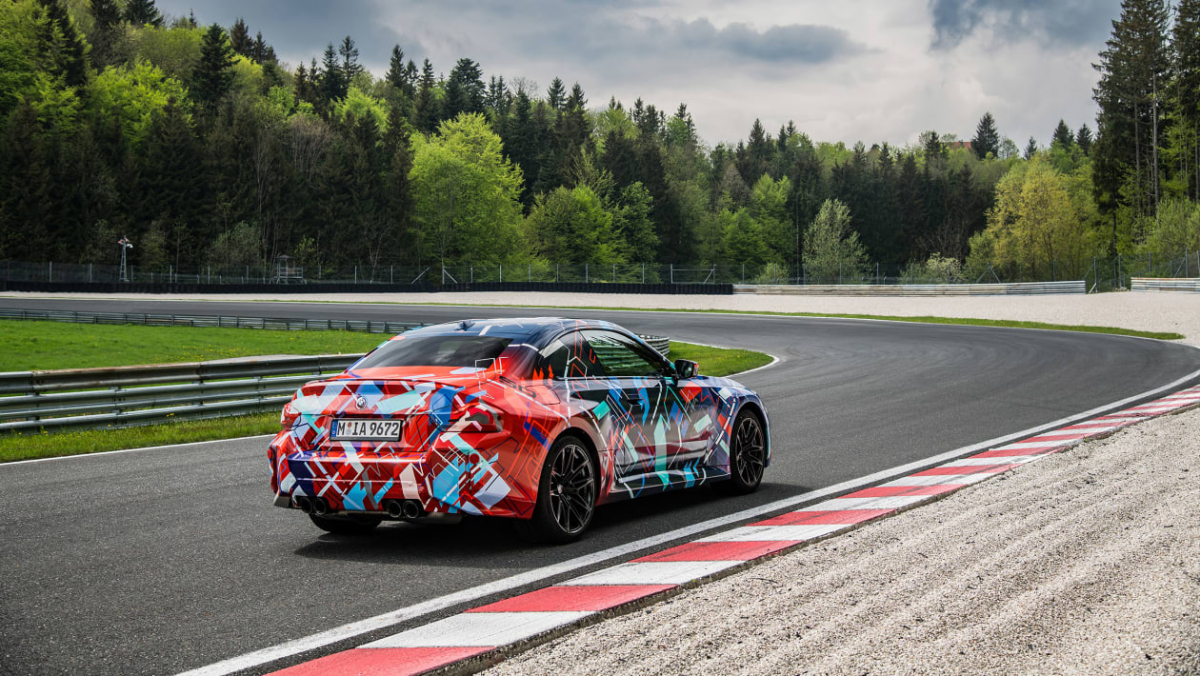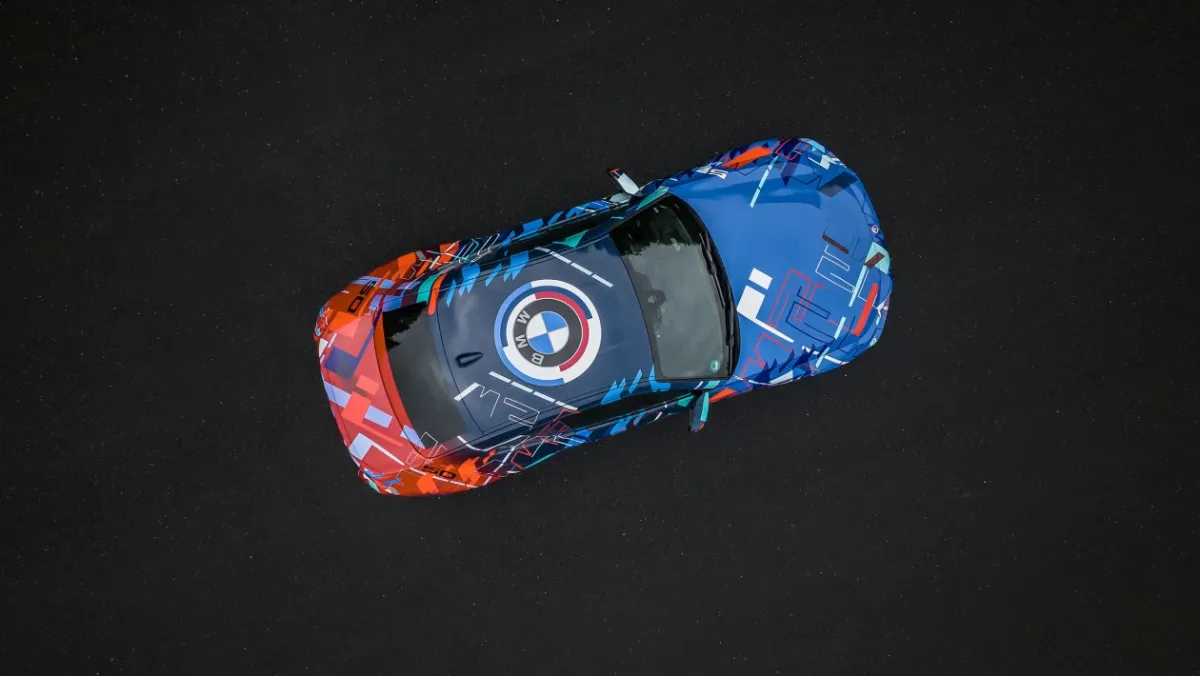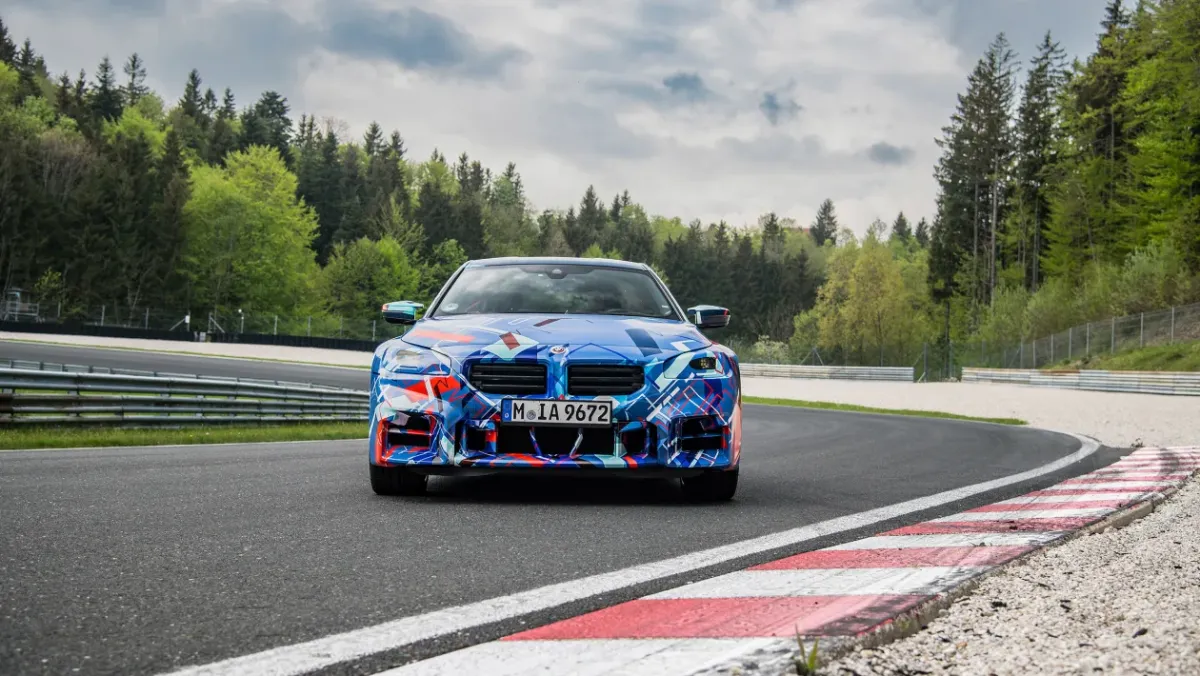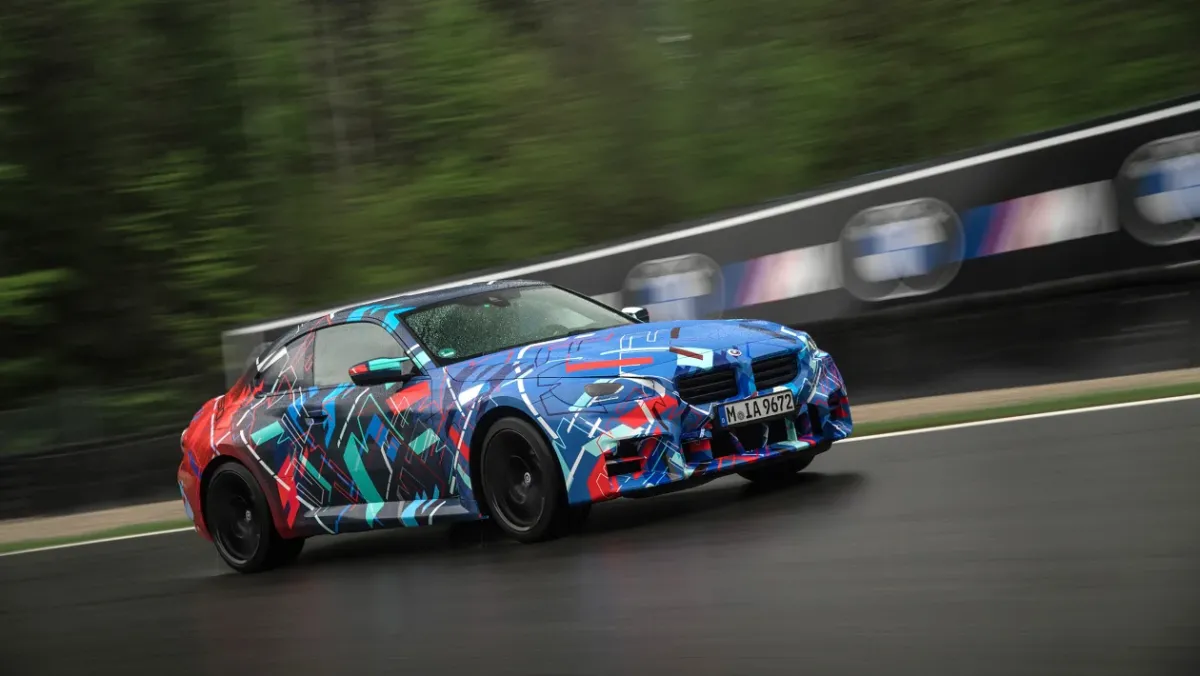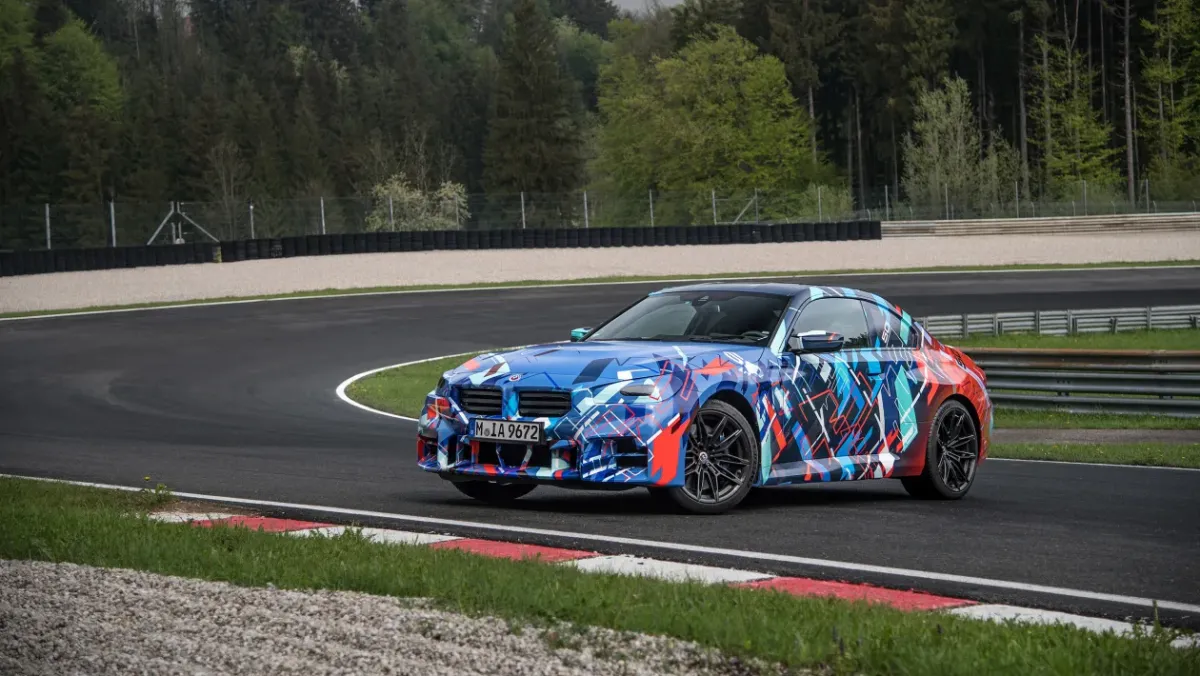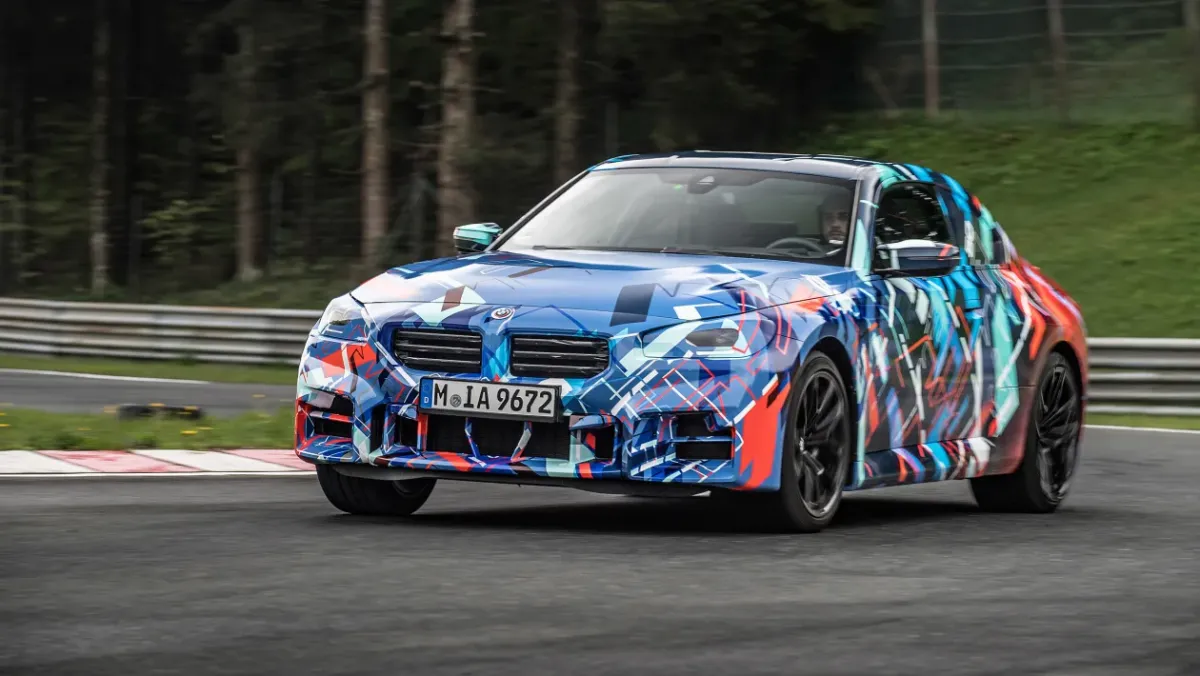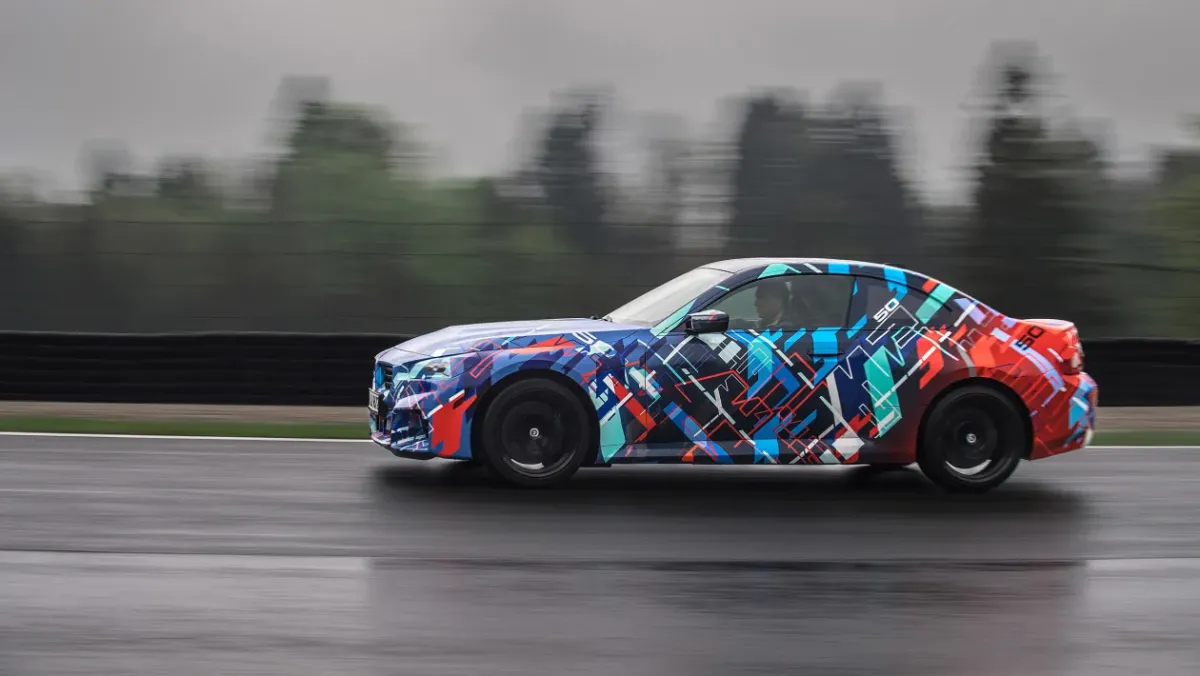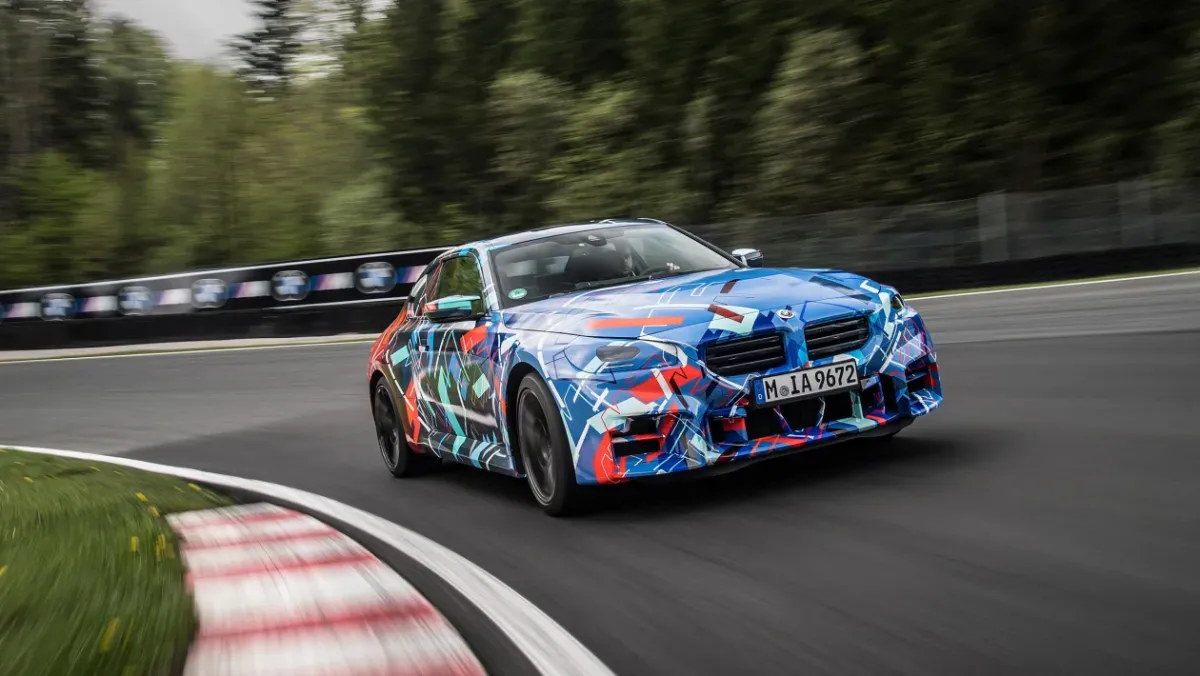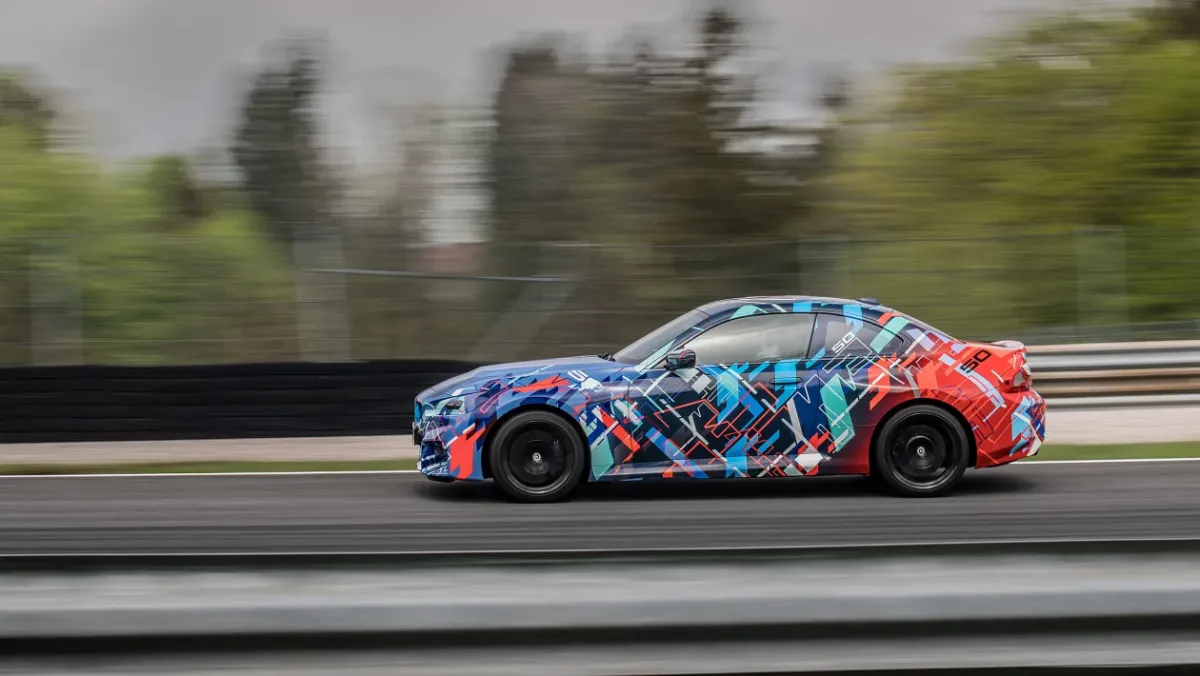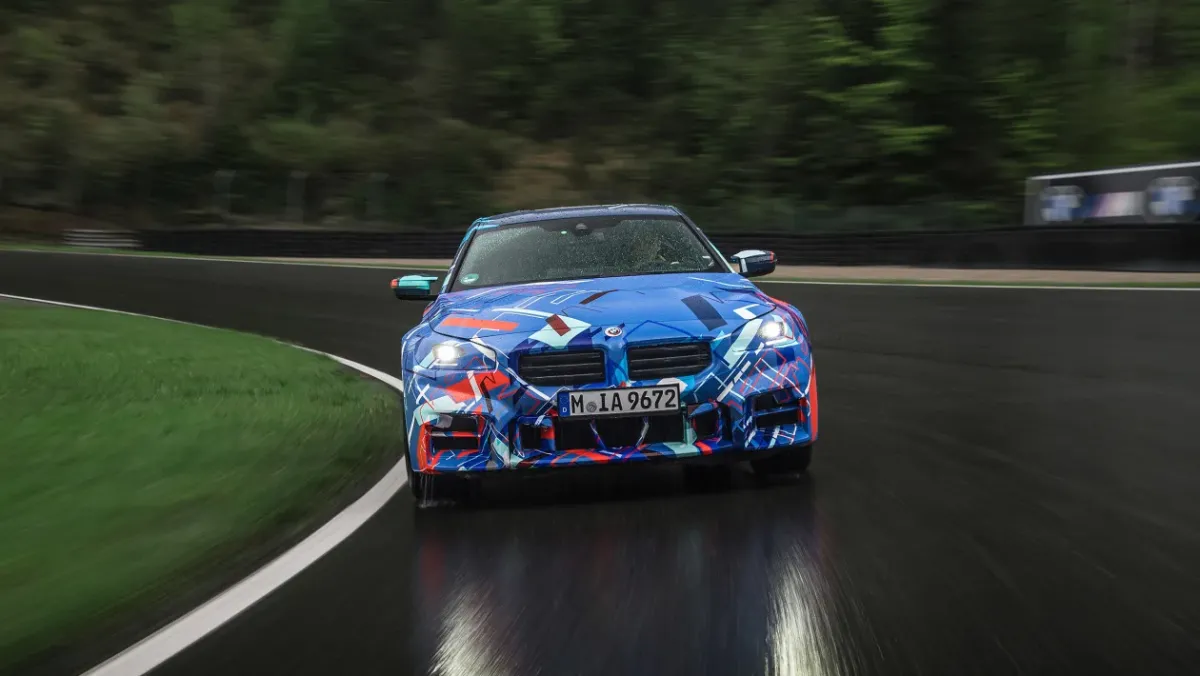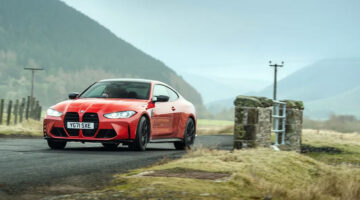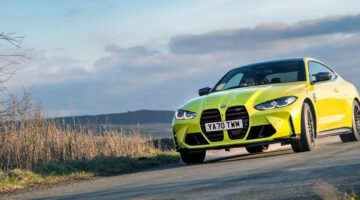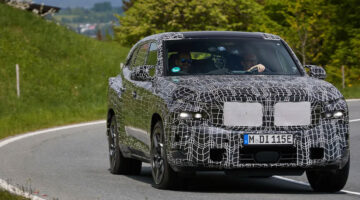The new M2 is bigger, heavier and more mature than before. Luckily, it’s also kept a manual gearbox as standard…
It’s been a big year for the BMW M Division already. You might think the return of the CSL badge would be enough to mark its 50th anniversary, but with the M3 Touring and XM SUV – the latter only its second-ever standalone model – the engineers have been kept truly busy. Which makes it all the more exciting that the M2 has been completely reinvented for its second coming.
“We wanted to create something now which is already on a similar level to the M2 CS,” says Markus Schröder, the project lead on the new M2. His team haven’t been feverishly benchmarking rival sports cars, I’m told. They’ve used the outgoing CS as a “jumping off point” instead.
The car as a whole sounds more sophisticated than its predecessor. Its core components all come from the M3 and M4, with the engine, suspension and braking system carried over, as well as staggered 19in front, 20in rear wheels (the M2 actually skips the M4’s base 18/19in setup and makes bigger rims standard to hint at a greater driver focus).
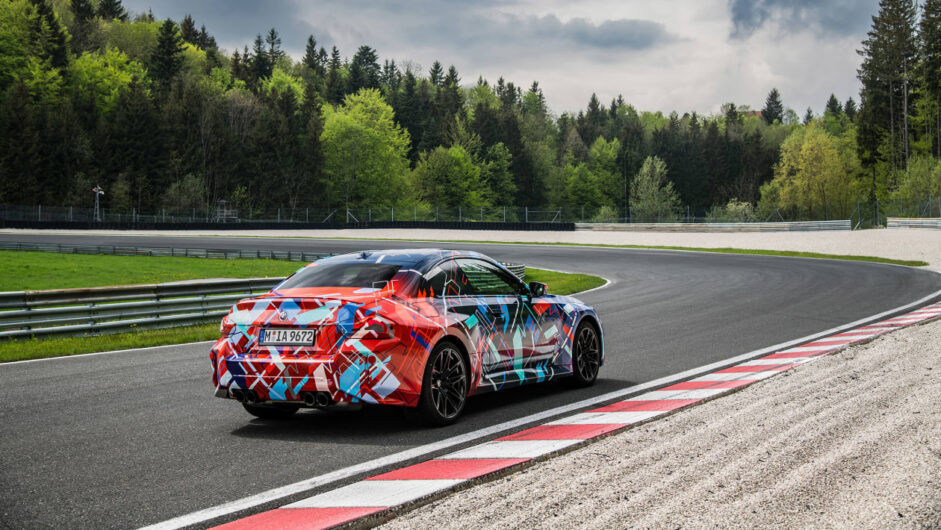
“We are in a unique position in the M2’s segment,” says Markus. “We will already be the fastest car in this marketplace so we don’t need to find another second on lap times. We want to make it more of a driver’s car.”
As the wild camouflage decals suggest, I’m driving the M2 long before its development is complete. So hard stats simply won’t be finagled out of the feverish engineers buzzing around the heatsoaked Salzburgring pitlane. No matter how hard I try.
‘In line with the M2 CS’ is the official party line, so we’re looking at the M4’s current ‘S58’ 3.0-litre straight-six turbo putting out somewhere in the region of 450bhp and 400lb ft of torque. Those figures can’t venture too high, as the M2 will come with the option of a six-speed manual or eight-speed ‘M Steptronic’ auto transmission, and M won’t be altering the engine tune between the two like we’ve seen with the M3/4. Nor will it develop a bespoke stick-shift to handle higher outputs.
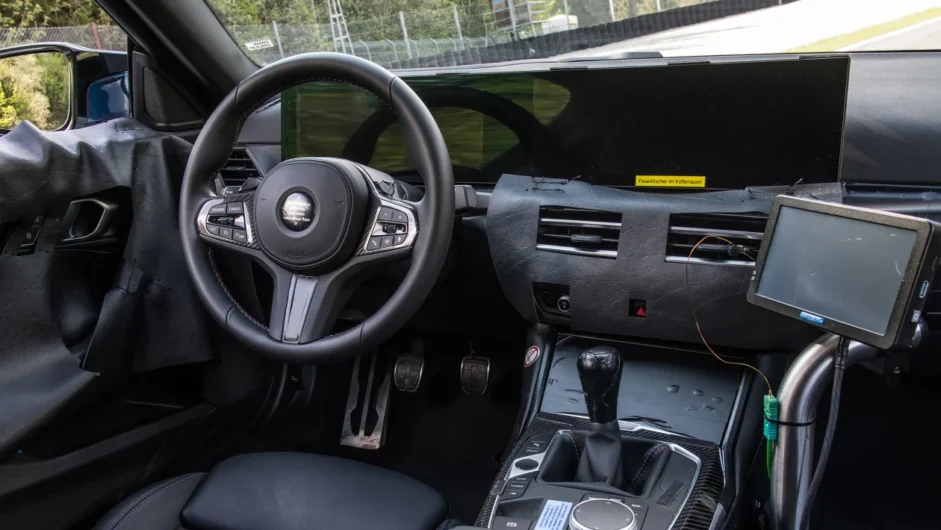
Yep, the manual remains, and Markus assures me it’s not been too tricky a task campaigning to keep a stick a standard, despite the extra investment it calls upon. Some markets, like the US, will see manuals account for 50 per cent of M2 sales. In Britain, it’s more like 30.
“We want to have the manual transmission in the M2 because it brings a different feeling to the car,” Markus continues. “Our main goal was for this to be a driver’s car, making it easier for us to say ‘invest money on the manual’. If the car was less focused on driving, we’d lose the manual and focus on something else.”
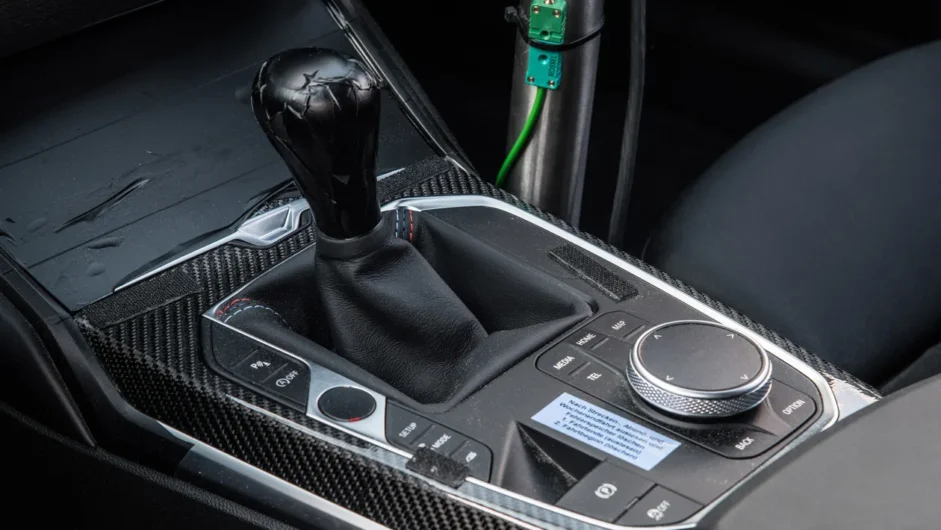
As well as a shorter wheelbase than the M4, the new M2’s got stiffer front springs and softer rears, with the rear dampers from the M3 Touring transplanted in here. Adaptive damping is standard. The aim is for a more tenacious front end that’s followed by a game – but crucially predictable – rear.
A bit more maturity to its demeanour goes hand in hand with a bigger, stockier car. Which means yes, like the M4 it sits below, it’s going to be somewhat heavier than any of its forebears. But Markus really isn’t fussed when I press him on the issue. “I’m not really sure that the weight figure tells the whole story of a car. There are so many things you want to do on the car – improving the rear suspension components meant gaining weight, but do I really care if the car drives far better afterwards?”
Time to find out how it drives, via a dozen laps of the Salzburgring split evenly between the two transmissions. I start in the manual and the shift action is standard BMW fare, right down to the Munich maker’s tried-and-trusted knob shape. It makes for a great pairing with this engine, a gratifying (if not scalpel-sharp) shift action to go with the huge muscularity of the twin-turbo delivery. The fiddlier turns leave me with a decision to change down to second and have to meld an upshift brusquely into my corner exit or stick in third and commit more speed on entry.
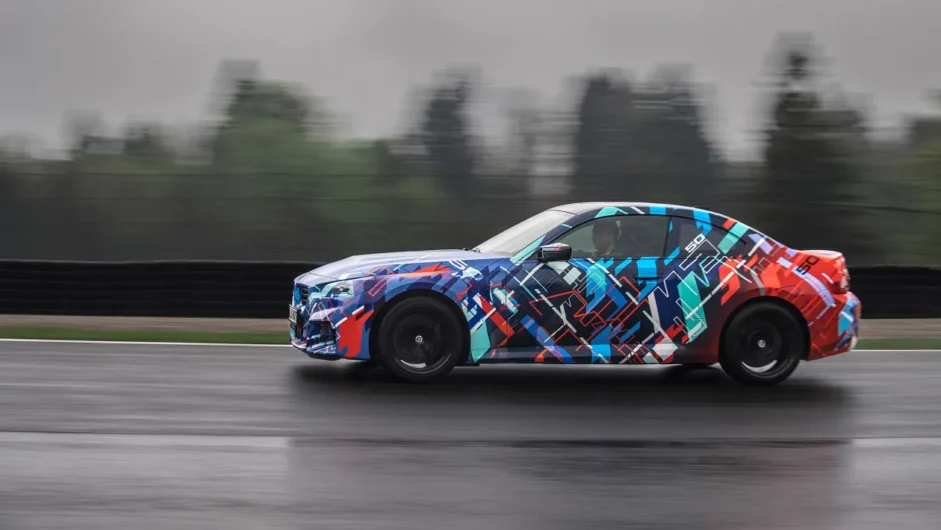
Going with the latter plan confirms Markus and Sven’s claims; this is a much more trustworthy car than its predecessors. The front end turns and grips with incisiveness and zero fuss, but the rear is endlessly faithful behind it. I loosen the ESC quickly but the car simply never springs a surprise, nor does it easily nudge power oversteer when I start cajoling it. Perhaps it’s the sticky heat on track today. I’m sure a more inclement British trackday would be giving me a heap more to do, however finely tuned that rear damping now is.
The overall impression is that the M2 is now less of a rambunctious hot rod, more of a bona fide sports coupe. It feels like its whole handling mood board has been drawn up on the circuit’s final ‘Schikane’; braking deep to point its sensibly sized kidney grilles into the apex, I can get straight on the power to punch onto the pit straight with no scurry for grip (and boy, does its engine punch hard). Again, full judgement should probably be reserved until a misly morning at Bedford, but the signs point to a newly astute attitude towards traction.
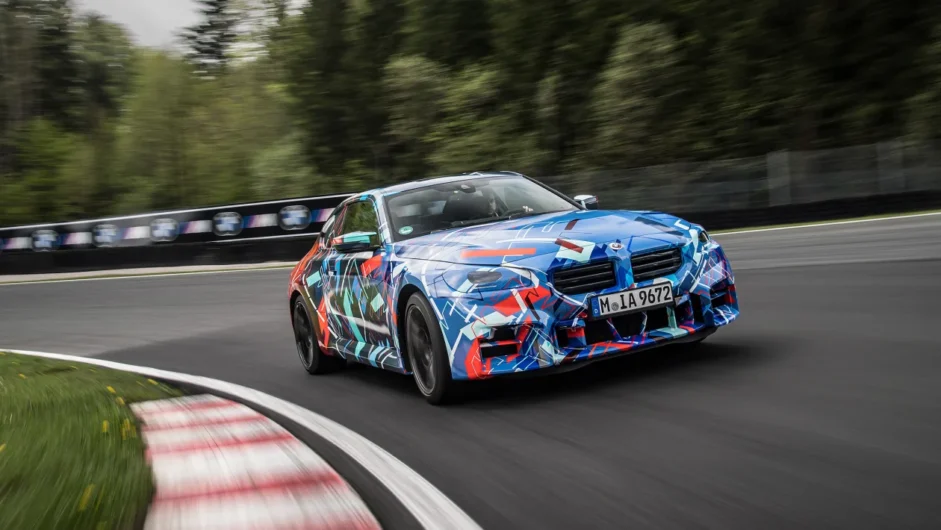
The Steptronic car feels a step up, at least on track, its eight ratios catering better for a bit of braking zone indecision while the usual trope of a paddleshift car significantly upping your commitment with the other controls rings very true. Yet still I can’t seem to outfox the M2’s smarter chassis. BMW may say it’s not been benchmarking rivals, but there’s definitely a whiff of the unfailing dry weather predictability that permeates through a Cayman.
The M2 will launch with a relatively simple configurator, leaving the M3 and M4 as the core M models you can personalise to your heart’s content. Chief on the options list here will be the same carbon buckets as its siblings as well as a carbonfibre-reinforced plastic roof. All M2s will be rear-drive, and the spec doesn’t change between manual and automatic transmissions, besides the latter getting some aesthetically questionable CFRP paddles. There’s no carbon brake option and all cars sit atop Michelin Pilot Sport 4S tyres.
Less spec variation will lower manufacturing costs and bring a lower entry price, which suddenly feels crucial in properly differentiating the M2 from an M4 when the cars share so much architecture. Though the offer of a manual gearbox to us British buyers might already give the seemingly more driver-focused M2 a vital USP. “It was definitely a target in the project to keep this joy of driving to the car,” Markus concludes. Even if the M2 has very tangibly developed some manners, this first evidence is certainly positive. M Division’s big birthday might just have gained a newly subtle star guest.
This article originally appeared at evo.co.uk
Copyright © evo UK, Autovia Publishing

